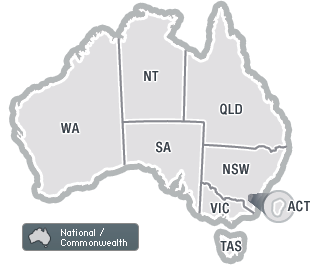An exercise physiologist has outlined five steps to achieving "gold standard" workplace health and wellbeing or injury-prevention programs.
The workplace is one of the most important settings for addressing chronic disease and promoting wellness, and health and wellbeing programs are "flourishing", Logic Health managing director Eoghan McKenna says.
But it "is not always the case that their planning, design, implementation and evaluation is based on best practice", he says.
In this article, the first of a two-part series, OHS Alert outlines the first and "most important" of McKenna's five steps to establishing a program:
"Essential research and planning"
Building proper foundations for a health and wellbeing program can be time-consuming, but is crucial to the program's success, McKenna says.
Employers, he says, should first determine whether they need a program because:
- there is a current issue with injuries, increased absences or high turnover;
- they want to decrease workers' compensation premiums; and/or
- they want to increase social standing by becoming an employer of choice.
They should then seek management support and active participation in the program, with the Workplace Health Association of Australia suggesting that "senior management support is critical to building and sustaining successful programs", McKenna says.
He says program designers can garner this support by providing evidence on the issues that need to be resolved, and outlining potential benefits and return on investment.
They should also ensure all stakeholders are approached, including OHS managers and insurance brokers, and that all departments work together on the overall strategy.
Other important phases of the first step include employee research (testing interest in initiatives through small focus groups, surveys or audits), utilising available government funding and resources, and determining whether costs can be shared with neighbouring businesses, McKenna says.
In the planning phase, he says, employers must consider all feedback and ensure activities are "relevant, realistic and easy to access".
"The key here is to do a few interventions really well," and consider both organisational and employee factors that contribute to poor health and wellbeing, McKenna notes.
He says employers should:
- establish a vision and clear objectives;
- focus on a small number of measurable interventions;
- design a calendar for program implementation;
- adopt a staged approach;
- appoint program champions and a committee; and
- focus on employee, cultural, environmental and policy issues.
Click here for Part 2 of the series.
.



